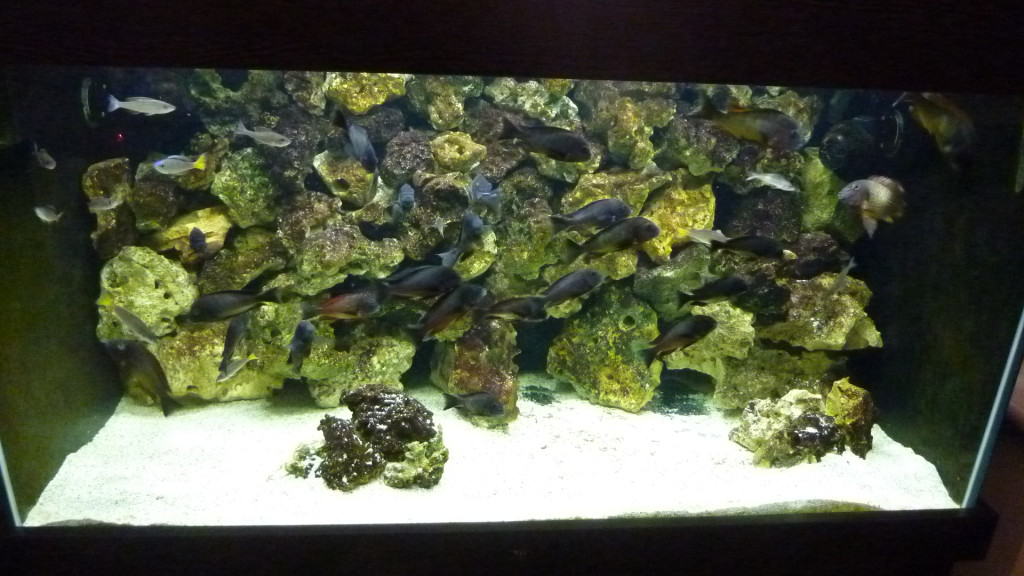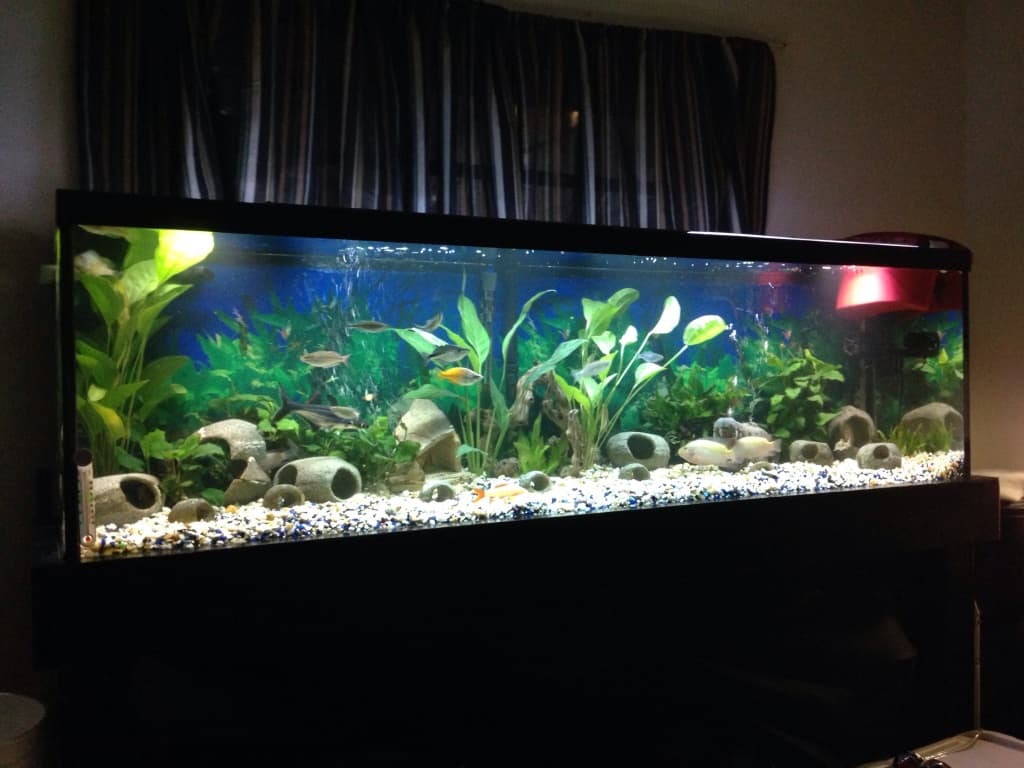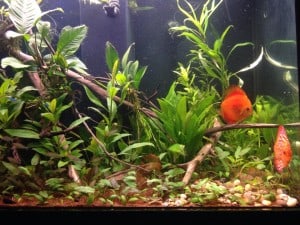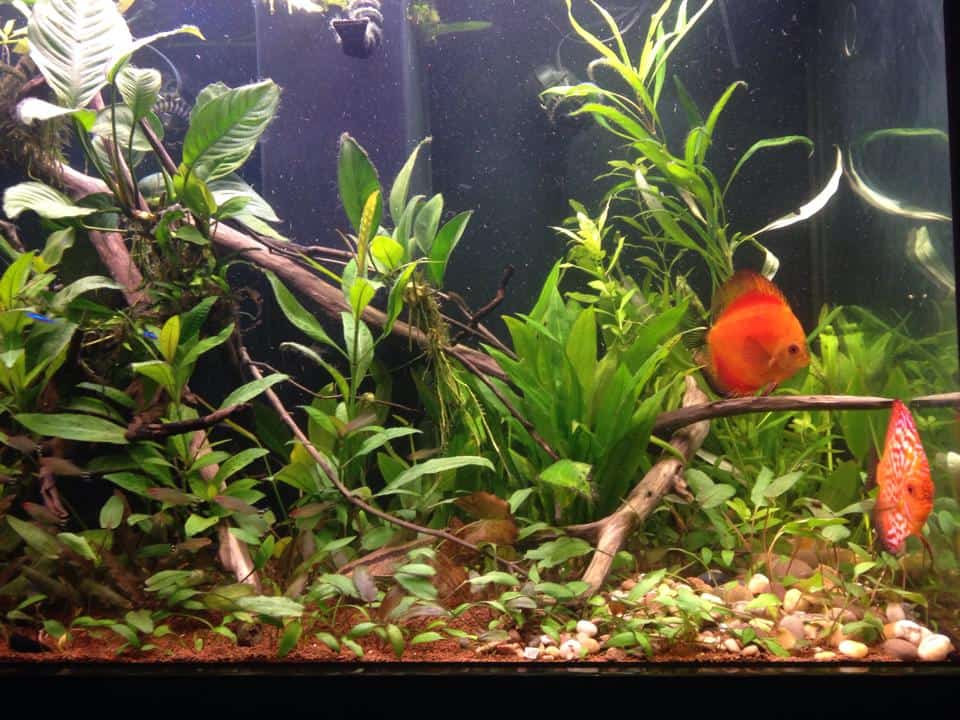These days there is an abundance of choice when it comes to aquarium substrate. From sand to gravel and soils, all have benefits depending on the type of fish and tank you keep.
Swell UK has a wide range of substrates for all uses, designed to make the tank look great and maintain good hygiene levels too.
Sand
Sand is a popular choice for most aquarium keepers as it creates a natural, authentic effect. Often inexpensive and available in various colours too from natural golden brown to bright colours.
A Live sand is also a good choice for marine tanks. It arrives packed in sea water to retain all of the bacteria and miniscule organisms that provide biological filtration. Using this type of sand also reduces the risk of New Tank Syndrome, as the level of nitrates and nitrites are reduced.
There are also sands created for certain types of fish. Cichlids for example hail from the lakes of Africa. The specific sand contains all of the nutrients and elements that are found in the natural sea bed. This supports good health and beautiful, rich colours.

Gravel
Gravel is a great substrate, as it is available in various sizes and colours to create different effects. The large surface area allows for beneficial bacterial colonies to develop which aids biological filtration. This breaks down waste and can keep a tank cleaner and healthier.
Available in various sizes, the gravel grains create a different look. However you should bear in mind the size of the gravel with the type of fish you keep. Some fish like to forage among the gravel for food and move it around, so very tiny pieces can be swallowed, causing health problems.
Coloured gravels can add a splash of colour to any aquarium and contrast beautifully with tropical fish. Newer methods of gravel colouring such as Epoxy Coating, mean that colours don’t fade or leach and there is no powdery residue. This means that the pH balance of the tank is not affected.

Soil
Perfect for planted aquarium, aquarium soil contains a good level of trace elements that plants need to grow beautifully. Using a soil means that the nutrients are delivered straight to the root.
A soil with a high clay content is a great way to retain nutrients which are then released slowly into the water. This means that the plants are constantly supplied with the elements they need for good, healthy growth.
The porous structure of soil allows for healthy bacteria to develop and aid filtration. It can also be supplemented with liquid fertilisers or tablets to add a burst of iron and other essential nutrients.
Some soils are used alone, or mixed with gravel. A 3” layer is best to provide maximum room for roots to spread and grow.

Only use a substrate designed for use in an aquarium as it is treated and washed to remove any contaminants that may harm fish or live plants. Most are inert, so will not affect the delicate balance of your aquarium or affect the pH balance.
Make sure that the substrate is designed for the type of tank you have. As a marine live sand will not be suitable for a freshwater aquarium and can damage the pH value and other factors. If you are unsure check with your local fish specialist.


Related Posts
A Deeper Look In To Loach Fish Species
How Much Salt Should I Add To My Freshwater Aquarium
Everything You Need To Know About Using T5 Lights For Your Aquarium